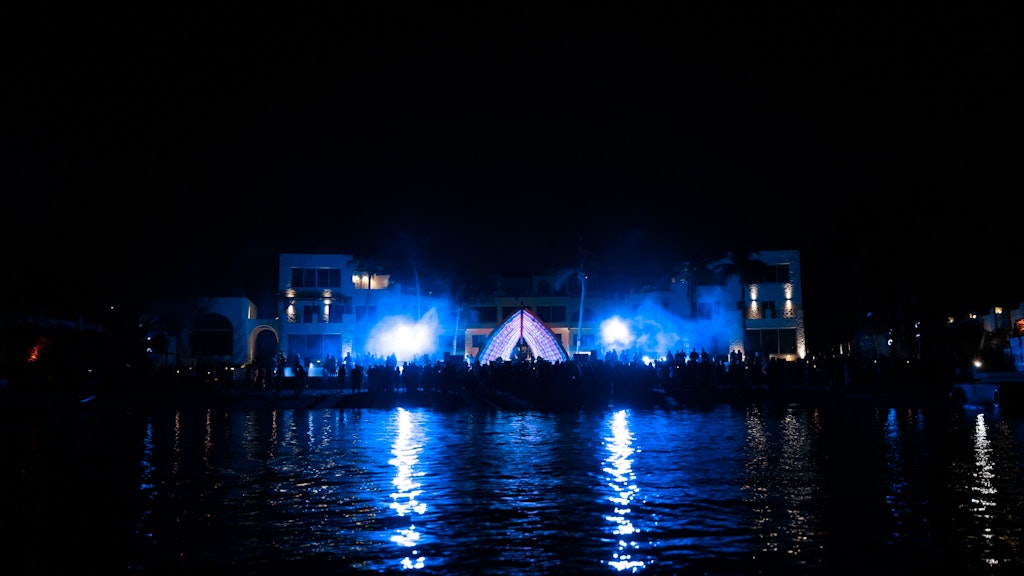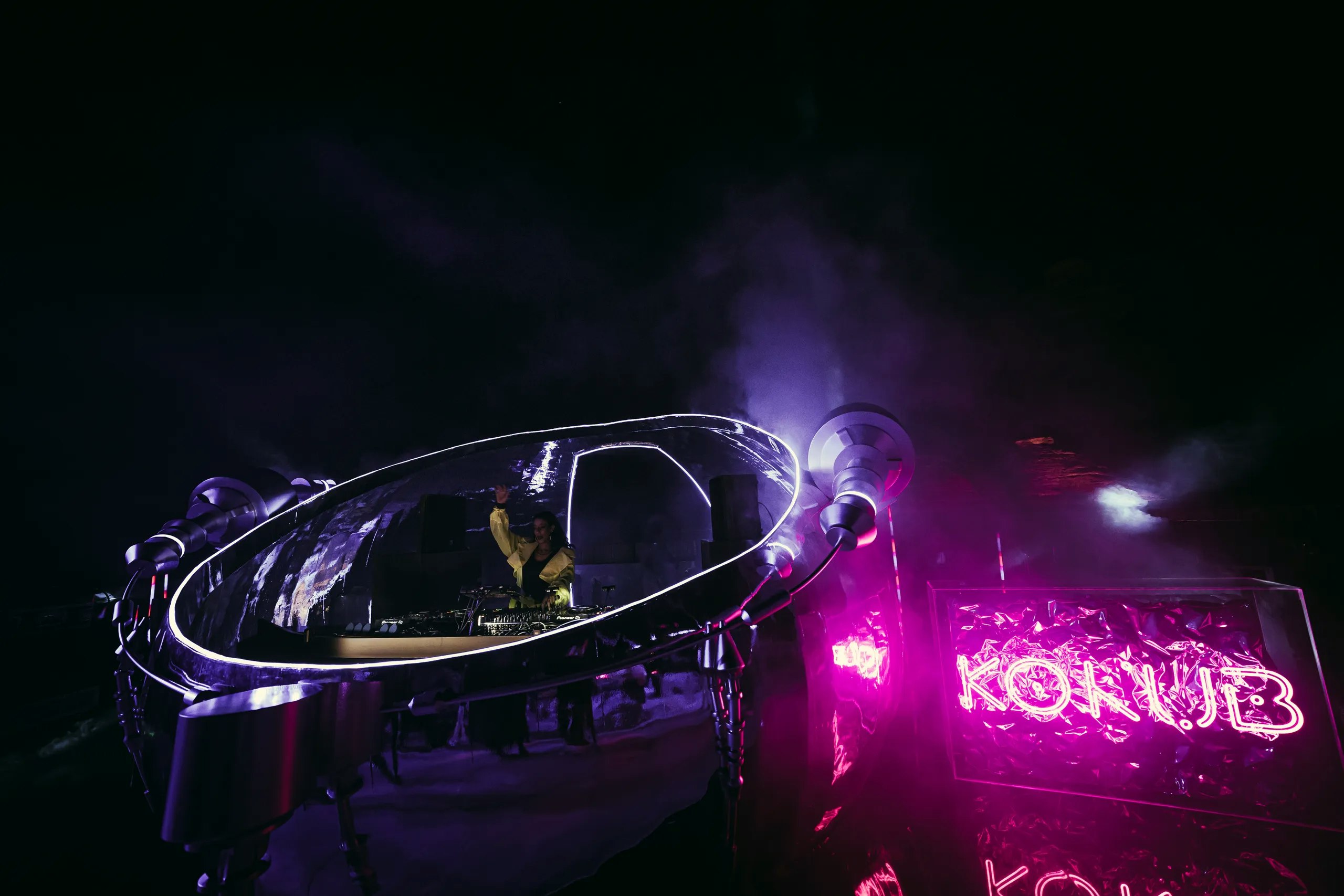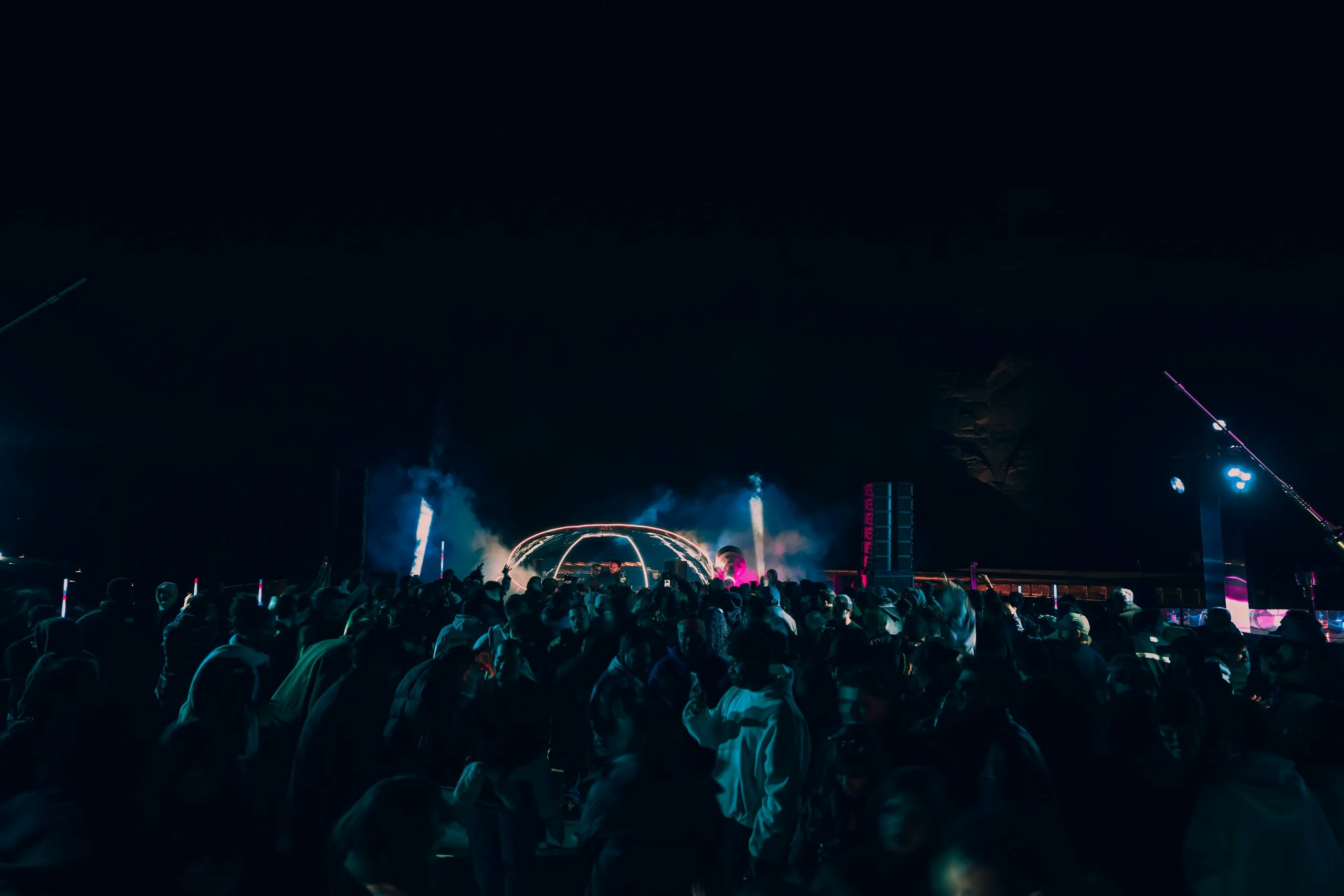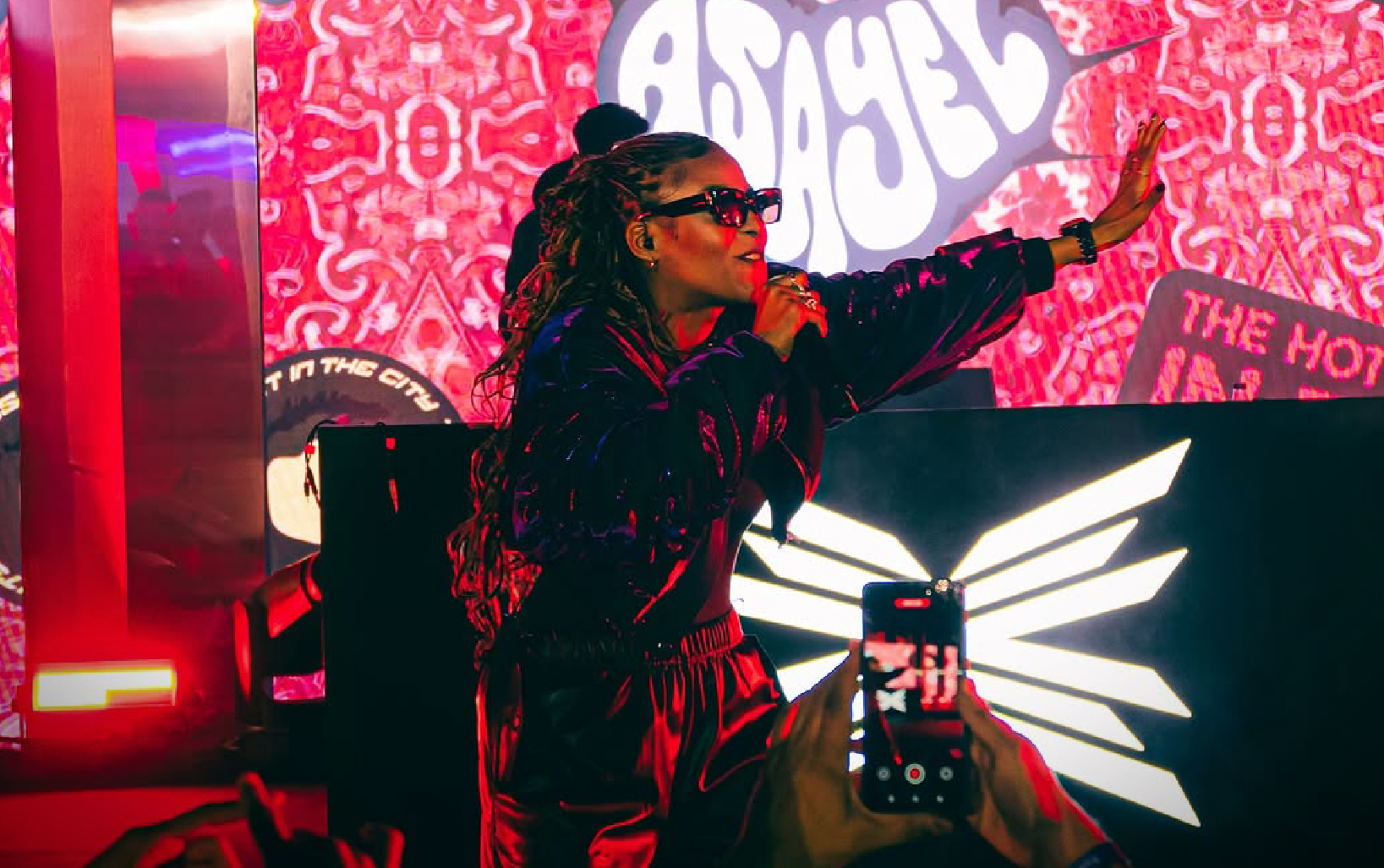
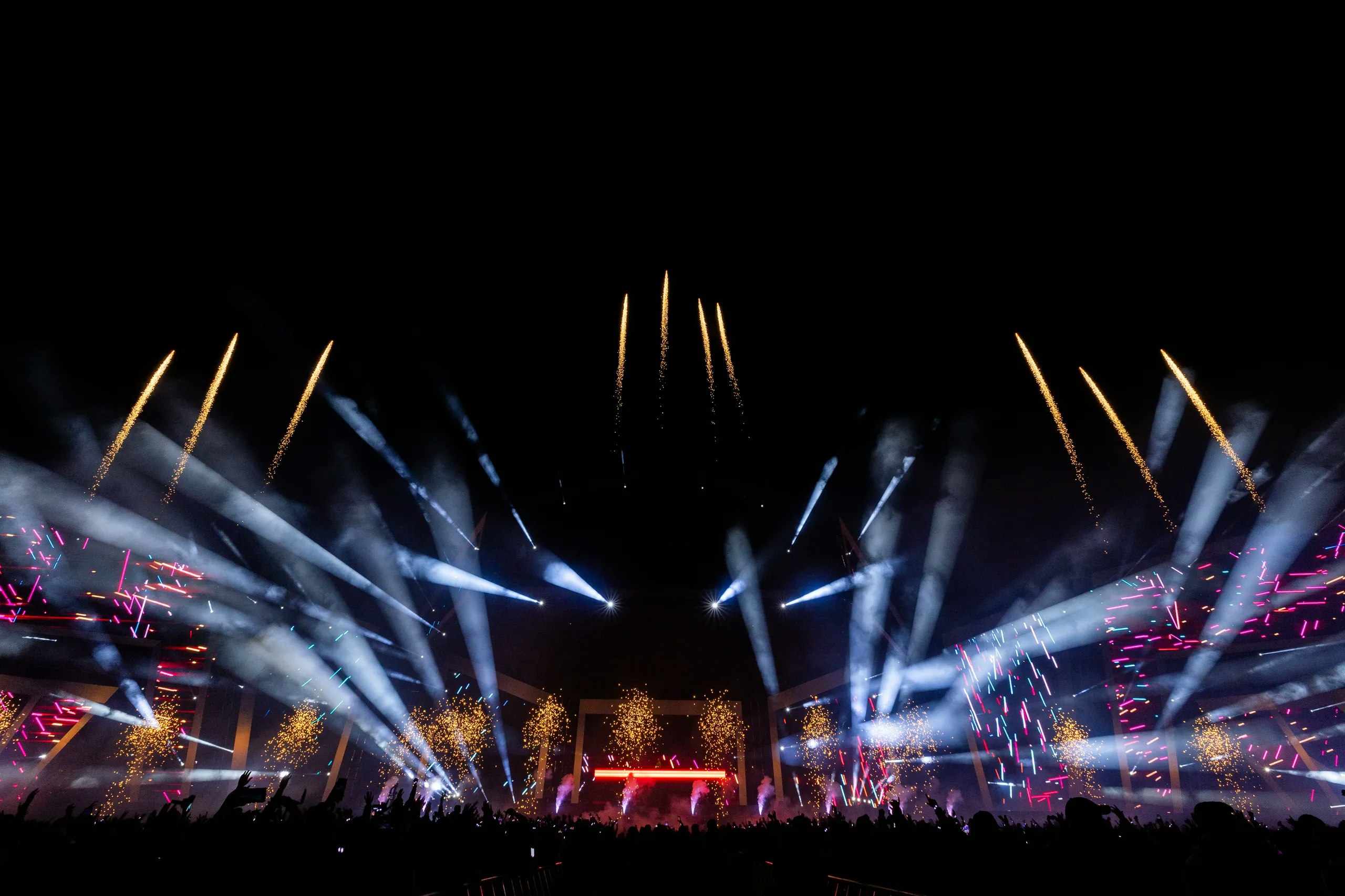
Virtual Bands and Hologram Performances: What is the Future of Live Music?
By MDLBEAST
January 12 2025
Virtual Bands and Hologram Performances: What is the Future of Live Music?
By MDLBEAST
January 12 2025
The music industry has always been shaped by technological innovation, and virtual bands and hologram performances are the latest frontiers. These trends are pushing the boundaries of what live music can be, with audiences witnessing digital avatars and holograms share the stage with real-life musicians. As the world becomes increasingly digital, the possibilities for live performances are expanding in ways that promise to reshape the concert experience. But what does the future hold for virtual bands and hologram performances? This article delves into the emerging trends, technologies, and potential impacts on the future of live music.
The Rise of Virtual Bands
Virtual bands, where musicians or characters exist in digital form rather than physical reality, have gained momentum over the years. One of the most prominent examples is the British virtual band Gorillaz, created by musician Damon Albarn and artist Jamie Hewlett. Since their debut in 2001, Gorillaz has pioneered the use of animated characters to represent the band members, allowing them to experiment with different genres and collaborations, free from the constraints of physical presence.
Virtual bands have become more common as advanced software enables lifelike animation and immersive experiences. These bands exist in a virtual world and can perform live shows through digital avatars. Their growing appeal lies in the flexibility they offer musicians and creators, who are no longer limited by physicality, geography, or traditional performance practices.
For fans, virtual bands provide an entirely new layer of entertainment, combining music, storytelling, and visual art in ways that aren’t possible with traditional bands. This new format offers more freedom for creative expression, introducing fans to performances that mix gaming, cinema, and music in one seamless experience.
Hologram Performances: Bringing the Past to Life
The concept of hologram performances has been capturing the imagination of concertgoers, especially with the possibility of resurrecting iconic artists who have passed away. Tupac Shakur's hologram performance at Coachella in 2012 marked a significant moment in music history. His life-like hologram performed on stage, giving fans a glimpse of how technology could redefine live concerts.
Since then, numerous other hologram performances have followed, including concerts by holographic representations of Michael Jackson, Whitney Houston, and Maria Callas. These performances allow new generations of fans to experience these artists' music in a live concert setting, even though the performers themselves are no longer around.
Holograms also allow artists to expand their creative boundaries. An artist could potentially be in multiple places at once or perform an elaborate show that pushes the limits of what a physical human could achieve. This technology not only enhances stage design and visual effects but also opens the door to new storytelling formats within concerts, using technology to craft an immersive narrative.
The Technology Behind Virtual Performances
The combination of AI, machine learning, and motion capture has made these experiences possible. For virtual bands, cutting-edge animation software allows creators to bring their characters to life with human-like movements, gestures, and emotions. Virtual reality (VR) and augmented reality (AR) are also being used to immerse audiences into the virtual world of these bands. Fans can attend concerts from the comfort of their own homes while still feeling as if they are part of the experience.
Hologram performances rely on a different set of technologies, primarily advanced projection and optical techniques. Holograms are created by projecting light onto a transparent surface, giving the illusion of a three-dimensional image. These holograms can interact with real musicians and dancers on stage, adding another dimension to live music performances.
In the near future, these technologies may evolve even further, potentially creating more interactive experiences where fans can influence the show in real-time or even join their favorite artists on stage virtually.
The Impact on Live Music
As virtual bands and hologram performances grow in popularity, there are questions about how these trends will impact the traditional live music industry. One significant advantage of virtual performances is accessibility. Fans who are unable to attend live events due to geographical, physical, or financial constraints may find that these virtual experiences offer them a way to enjoy concerts. It also expands an artist's ability to perform in multiple locations simultaneously, effectively allowing global concerts without the need for travel.
For younger, tech-savvy audiences, virtual bands and holograms represent the next step in the evolution of entertainment. The fusion of music with digital art and interactive technology aligns with the digital-native generation’s preferences for immersive, multi-sensory experiences.
However, some critics argue that these digital concerts lack the authenticity of live human performance. The energy of a live concert—the connection between the artist and the audience—can be difficult to replicate in a digital or holographic show. While virtual concerts offer a new way to enjoy music, they may not entirely replace the traditional live concert experience but coexist alongside it.
What Lies Ahead?
The future of live music will likely be a blend of traditional and virtual performances, with each appealing to different tastes and demographics. Artists could use holograms to enhance live performances or extend their touring reach, while virtual bands might continue to explore creative avenues only possible in a digital realm. As the technology becomes more accessible and affordable, we may see an increasing number of independent artists and smaller bands experimenting with these formats.
-
Follow the latest updates about Soundstorm and dive deeper into the music industry with MDLBEAST.
Share this
